
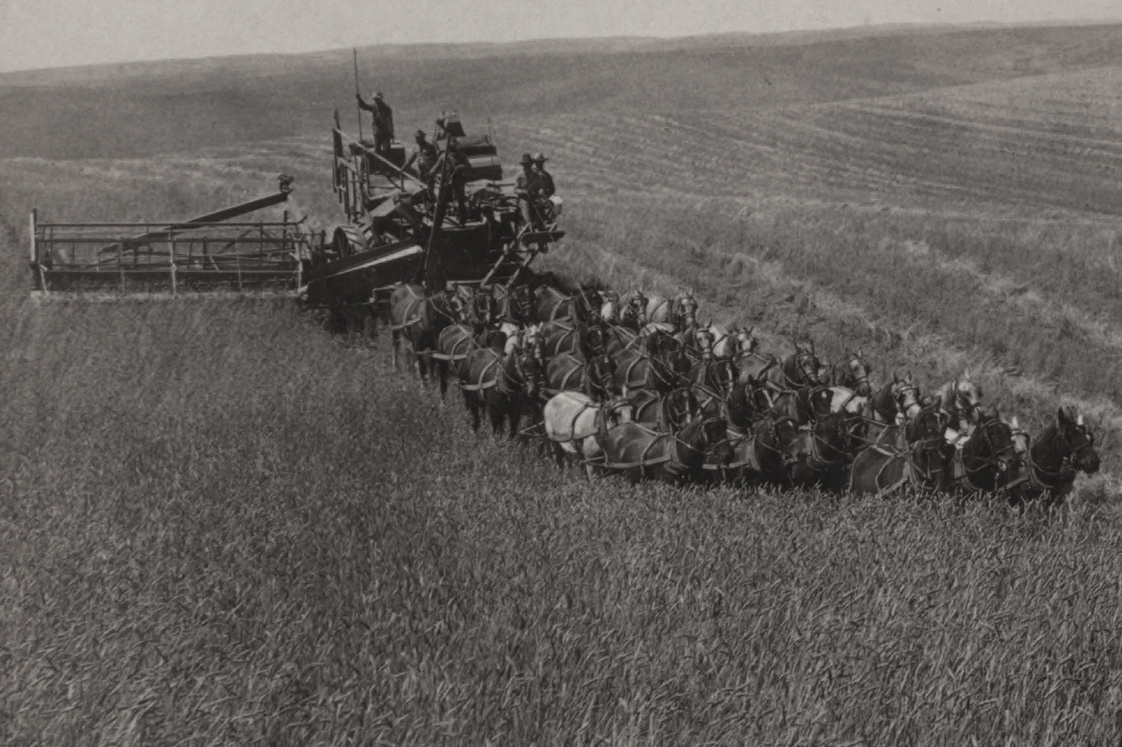
VIVESCIA: how our grain cooperative began
Our history is inextricably linked to our local area. In the early 20th century, farmers in North-East France decided to pool their efforts and expertise to build a viable cooperative model to secure the future of farming in the region. Over the years, this cooperative model has enabled us to grow by building processing plants in the areas where we harvest our grain, and by taking our businesses out across the world without ever leaving our region of origin. VIVESCIA Group is the fruit of this entrepreneurial adventure. Nowadays, VIVESCIA is one of France's leading grain cooperatives, and we remain as committed as ever to our Group’s original spirit of enterprise.
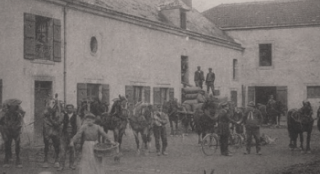
Together, we are stronger. This simple, common-sense maxim was instrumental to the creation of the first cooperatives and the development of farming in North-East France.
Gustave de Bohan, president and founder of the Champagne agricultural union, created Providence Agricole. His reasoning was: “We run our businesses ourselves. Why let others manage us?” Also at this time, the Brienne region’s agricultural cooperative, known as CARB, and the Romilly-Méry region’s agricultural cooperative, known as SCARM, were founded.


Providence Agricole becomes a cooperative to help farmers sell their grain as well as grow their farms. It also adds the possibility of harvesting, storing, selling, and processing its members' grain to its articles of association.

The CARB continues to grow and takes over the cooperative of Ville-sur-Terre.

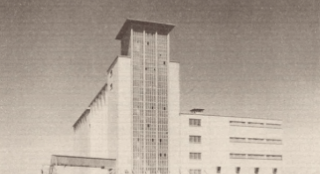
To strengthen their business model, member-farmers started getting involved in grain processing: they built malt houses, mills and maize processing plants. At the same time, various local cooperatives merged to become more powerful.
Creation of the first malting plant, in Port Colbert, Reims.

During this decade, the cooperatives began merging. The Villenauxe, Estinac and Auxon cooperatives merged with the Romilly-Méry cooperative (SCARM). The Chavanges-Balignicourt, Onjon and Nully cooperatives merged with the Brienne region’s cooperative (CARB).
A second malt house and a maize processing plant are built in Pringy, in the Marne department.

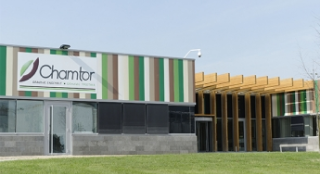
This was a period of expansion in every sense of the word: longstanding cooperatives continued to merge and grow, we started new malting businesses, and we spread our wings and began selling internationally.

Eight cooperatives join forces with Providence Agricole to create a GIE (Economic interest group) called Champagne Céréales. The aim was to gain access to new markets and optimise farmers’ income. Then, another four cooperatives join the movement, forming Union Champagne Céréales.
At the same time, the Brienne region’s cooperative (CARB) merges with the Romilly-Méry region’s cooperative (SCARM).
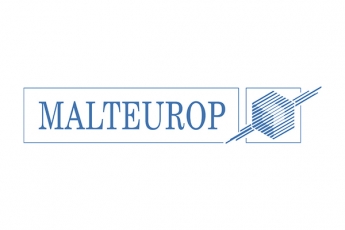
Malteurop is founded following the acquisition of several privately owned malt houses in Metz and Aire-sur-la-Lys, and a merger between Union Providence Malt and Union Champagne Malt.

- 1 in 10 beers worldwide are brewed using its malt, and it operates 24 plants
- It employs more than 1,100 people in 14 countries
ARD (Agro-industrie Recherches et Développements) is created by Champagnes Céréales and the Cristal Union cooperative. ARD is a leading centre for plant-based innovation and value creation.

The merger of nine cooperatives, representing around 12,000 farmers, gives rise to the Champagne Céréales cooperative. Thus, Providence Agricole, Union Agricole Ardennaise (UAA), the cooperative of the Vitry district (CAREV), the Union of Champagne Producers (UCP), the cooperatives of Valmy, Somme Tourbe, Epernay, Dormans and, last but not least, Ardres and Vesle, join forces under the impetus of Jacques de Bohan. He was president of Champagne Céréales from 1991 to 2004.

The Nouricia cooperative is founded following the merger of SCARM and CARB. And finally, NutriXo is created by Champagne Céréales, Nouricia, and Grands Moulins de Paris.

- France’s leading miller: Grands Moulins de Paris
- Francine flour, which can be found 1 in 3 French households
- More than 1,400 Campaillette artisan bakeries

Siclaé is founded, bringing together the grain processing businesses of several cooperatives under one umbrella.
Siclaé acquires Nestal, renamed Nealia in 2013 / Malteurop acquires ADM Malt to become the world’s leading maltster.
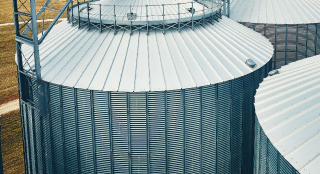
VIVESCIA, which was created following a merger between two longstanding cereal cooperatives, became one of France’s leading grain cooperatives and continued to develop its international operations.

VIVESCIA Group is officially founded in April as a result of the merger between Champagne Céréales and Nouricia.

Siclaé changes its name to VIVESCIA Industries.
Christoph Büren takes over from Pascal Prot as president of VIVESCIA Group.
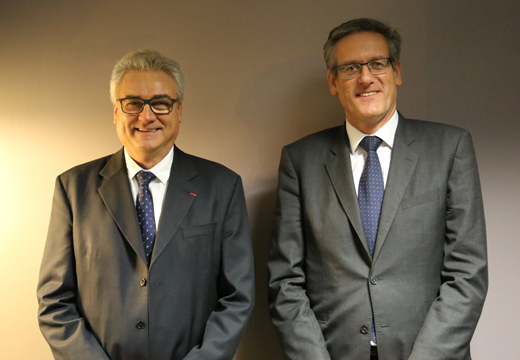

In 1991, having qualified as an engineer, Christoph Büren, took the reins of the family farm – previously run by his father and his grandfather before him – with a strong conviction: “To be a farmer today, you have to innovate and adapt, and you may well need more than one string to your bow.”
That is what motivated him to broaden his operations: he grows grain, beet and oil- and protein-seed crops, potatoes for export and has solar energy production facilities.
He also holds several positions within various agricultural organisations and VIVESCIA’s governing bodies. In particular, he has been a member of VIVESCIA Industries’ supervisory board since 2012.
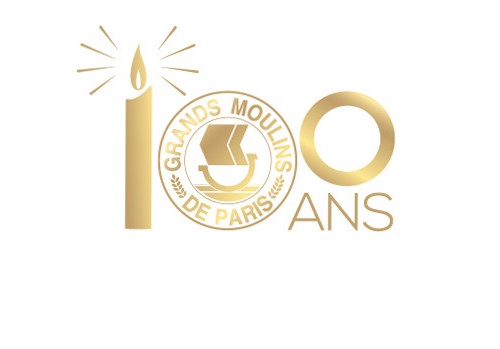
Grands Moulins de Paris, which was founded in the aftermath of WW1, celebrates its centenary year!
Our cooperative celebrates its centenary year. A century has flown by since our Group’s cooperative predecessors were founded. Our world-leading maltster, Malteurop, celebrates its 60th anniversary.
